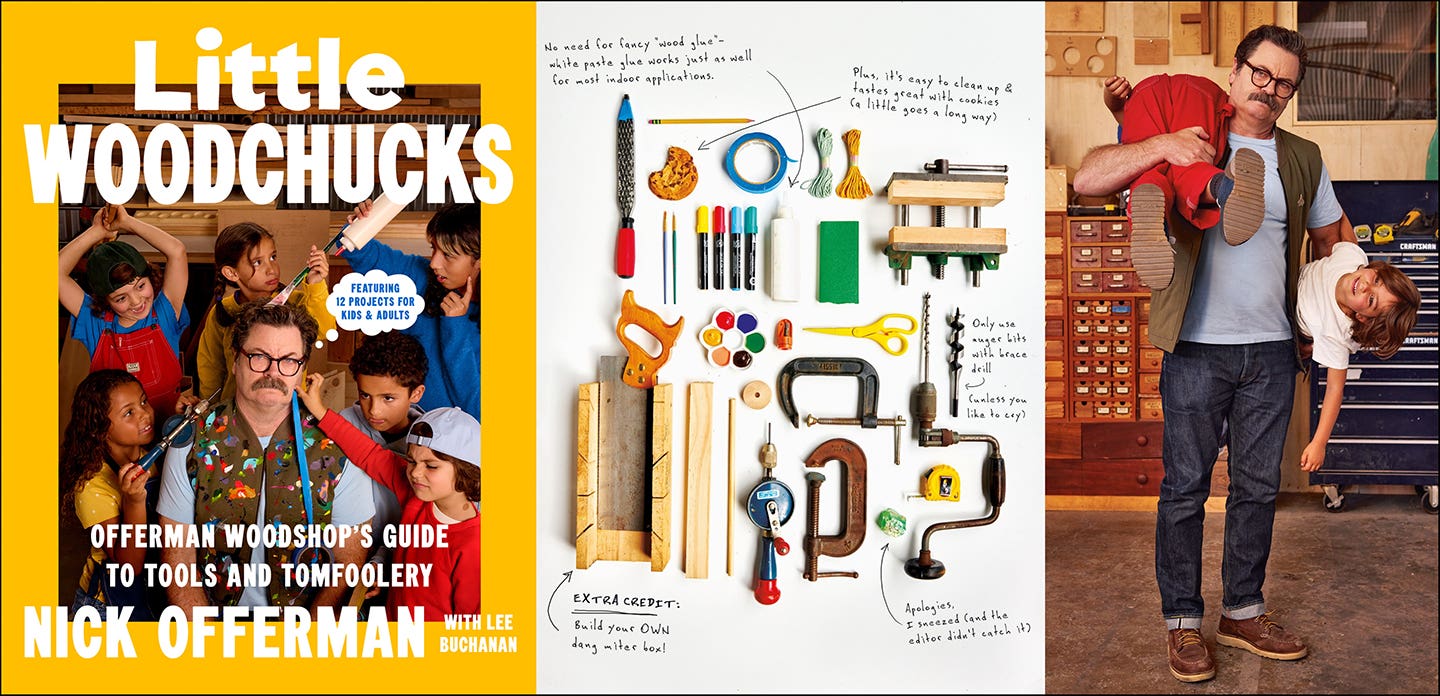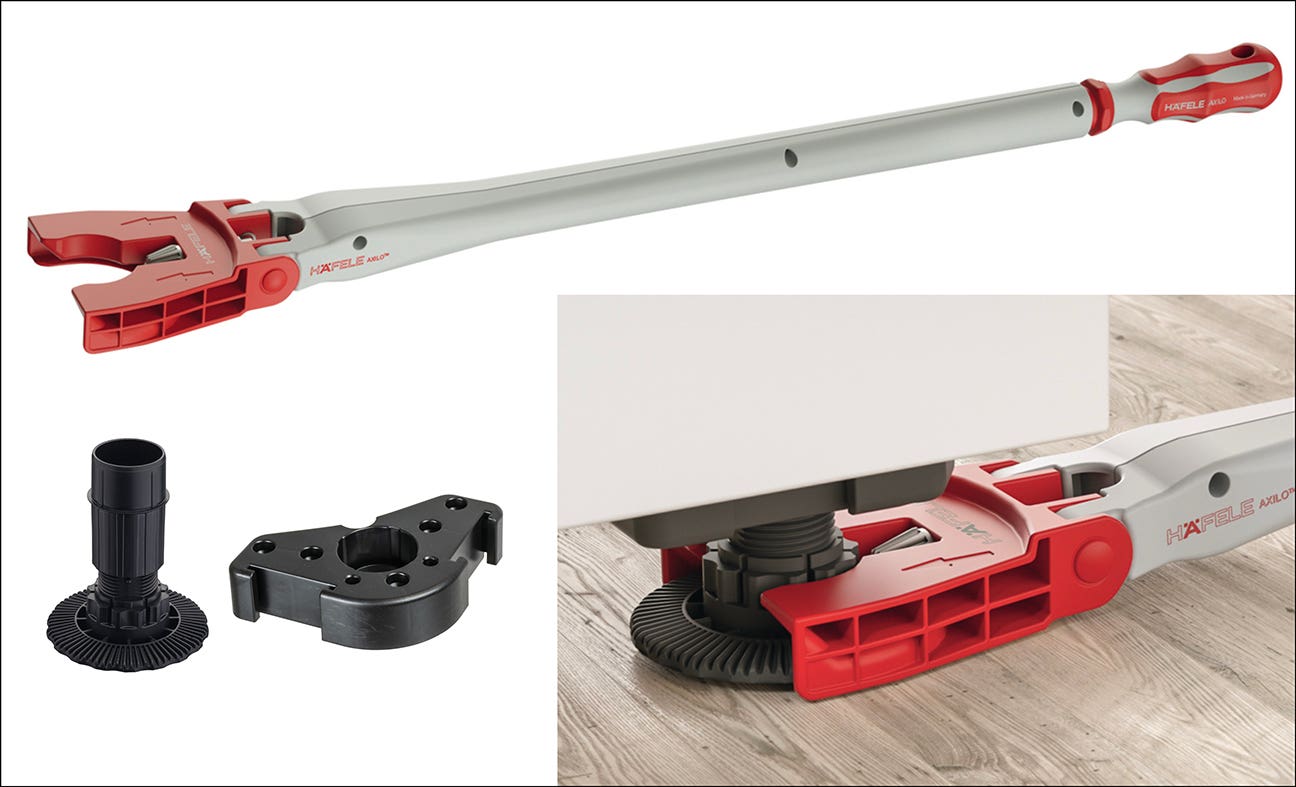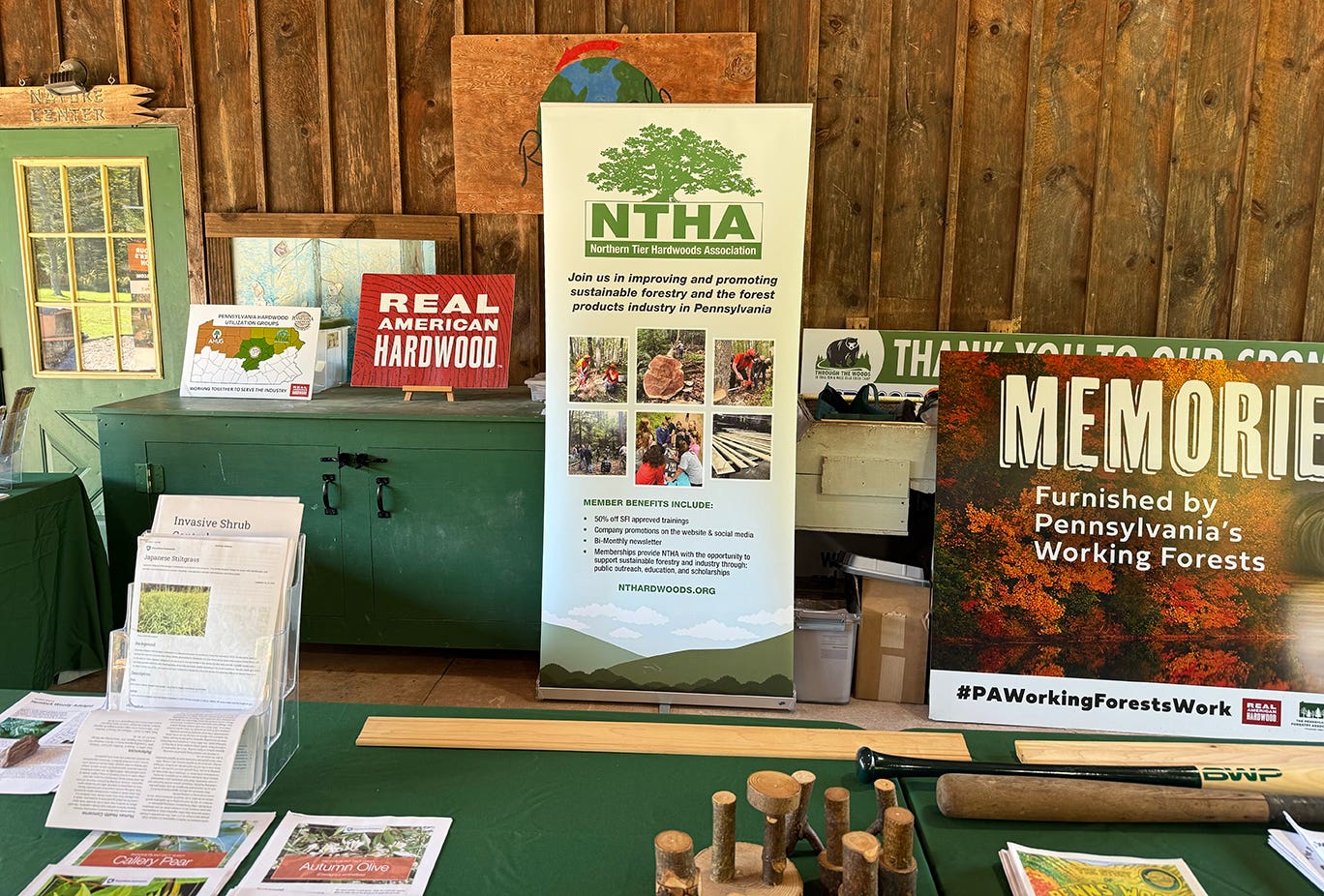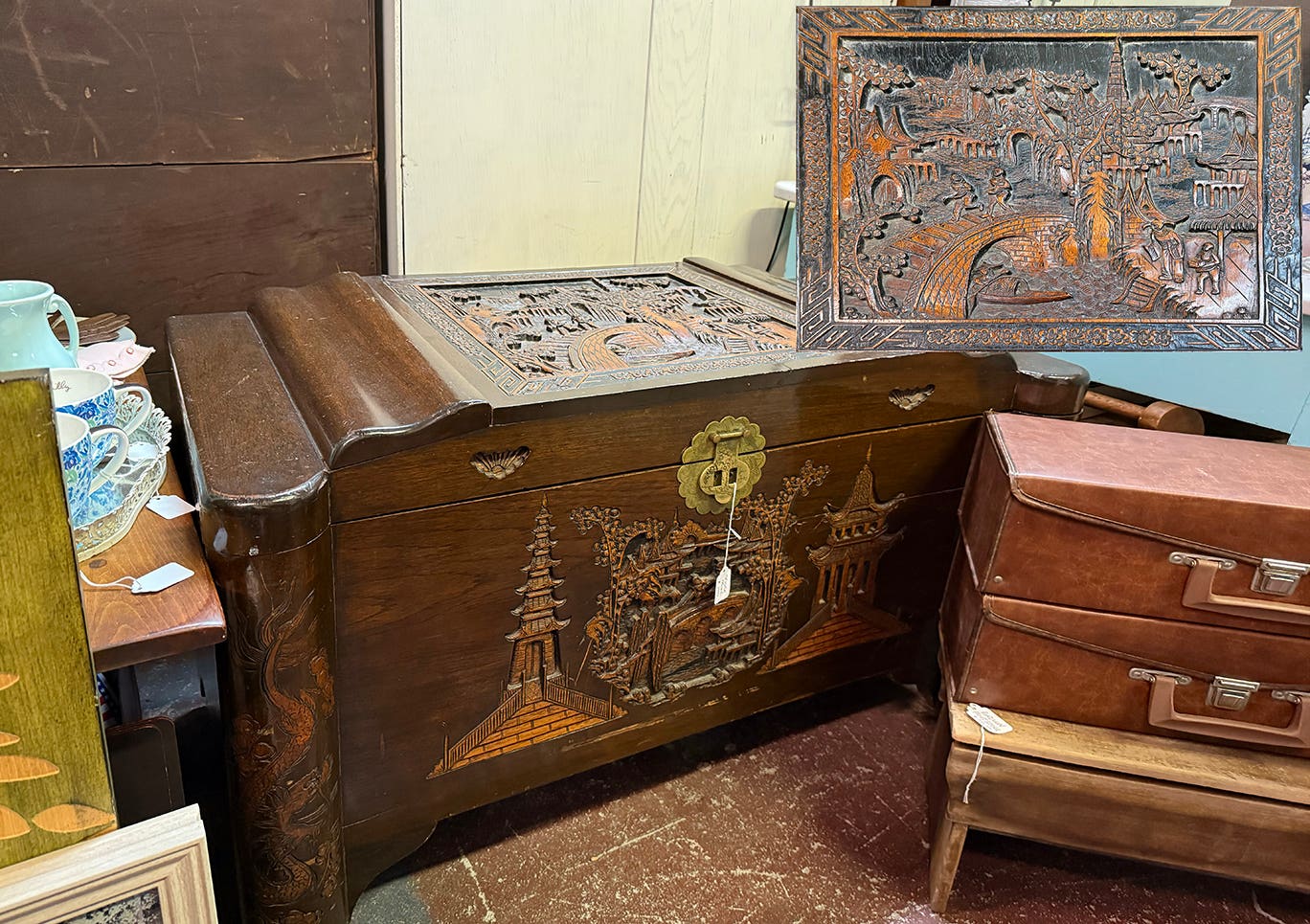Putting maintenance first
I have always been a stickler for keeping my tools in perfect working order. This applies as much to my putty knives (which I use for removing bits of glue…
I have always been a stickler for keeping my tools in perfect working order. This applies as much to my putty knives (which I use for removing bits of glue squeeze out; rarely for putty) as it does to my high-end power tools. Fence faces and tables are kept clean and waxed. Stops are checked regularly for accuracy. Everything is checked "for square" constantly and adjusted at the slightest provocation, even if it means breaking up the work flow.
Chisels are kept razor sharp. Saws are cleaned and sharpened as soon as they show any sign of performing at less than their best. But my attention is almost always focused on how well the tool works, not on how nice it looks.
So, while my chisels might be sharp enough to shave with, I draw the line at polishing the whole thing or sanding and oiling the handle at the first sign of discoloration. To the casual observer, many of my tools and machines might appear neglected. The top on my table saw is not shiny. It hasn't been for many years now. Many of the handles on my tools are almost black from use.
No, it does not really bother me that under that black is some nice looking wood grain. No, it does not bother me that I cannot see my reflection in the surface of my saw or jointer table. Those scrapes in the paint? And the chips here and there? Scratches? Well, do they keep the saw from cutting square? No. Do they prevent the jointer from making a flat, straight, square edge? Well ... no. So I don't worry too much about it.
I realized long ago that the only way to keep a tool looking like new is to never use it. What I want from my tools is performance, not beauty. I'm not running a museum; I'm running a shop. So, while I will "break stride" and take the time to adjust a stop, I will probably never even think about wiping down and polishing up the handles. Maybe someday someone will inherit all my tools. And if they want to do all that stuff and repaint everything and get it all looking new, well, that will be just fine with me. But as long as they are in my shop, all I ask is that everything works properly and does the job for which it is intended.
D.D.
David DeCristoforo possesses an extensive resume as designer/maker of fine furniture, high-end cabinetry and architectural woodwork. His experience in professional woodworking spans a period of 35 years. For the past 20 years David DeCristoforo Design has been located in Woodland, California. During this time David's shop has ranged in scope from a "full on" cabinet production shop with as many as 15 employees to a small fine furniture and custom millwork shop, working with his son, David RBJ, a highly skilled maker in his own right.







